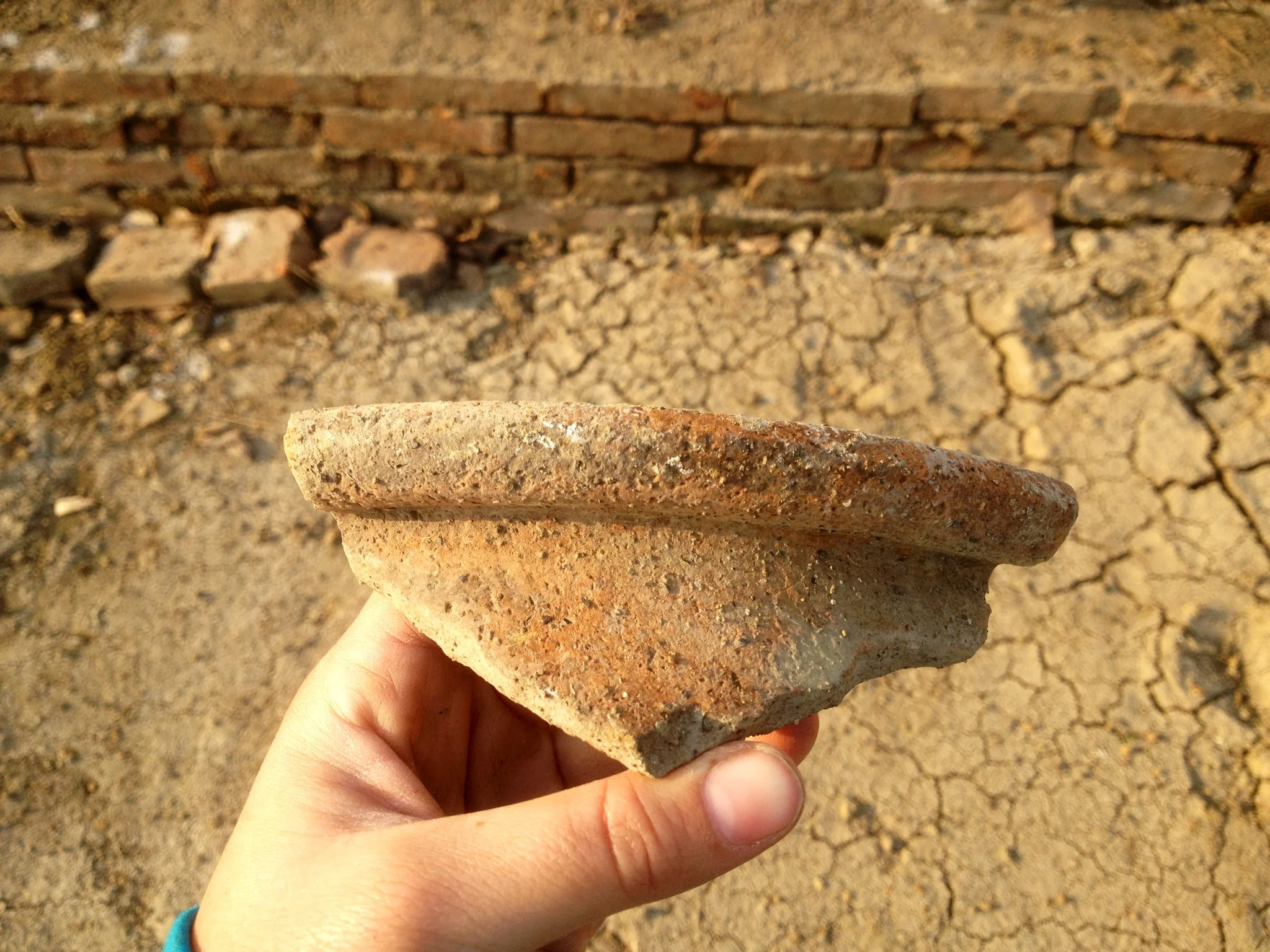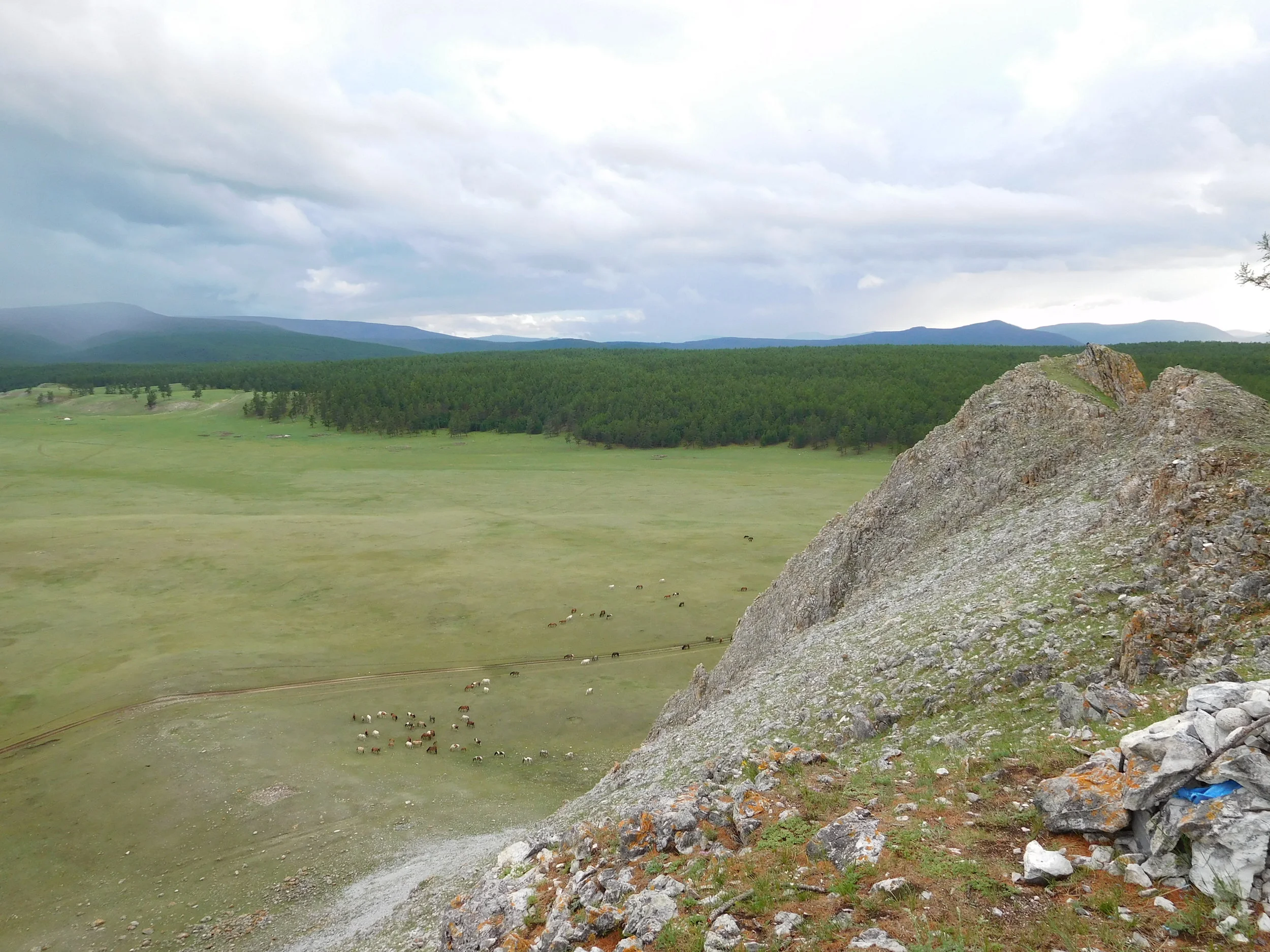Current Projects
Evolution of Economic Networks and the Rise of Political Authority
Jianghan Plain, China
During the late fourth millennium BCE, several large and densely populated walled towns emerged across the middle Yangzi River valley from what had previously been a landscape of scattered farmsteads and small villages, marking one of the earliest instances of urbanism in China. Survey of the area encompassing two walled towns, Taojiahu and Xiaocheng, revealed that nearly the entire regional population lived within the enclosed area of these towns for over 500 years. Such intense nucleation likely encouraged economic interdependence among local households, the control or management of which would have provided aspiring leaders with a key source of power and material influence.
This project examined the compositional variability of utilitarian pottery sherds from the Taojiahu-Xiaocheng Regional Settlement Survey to chart the structure of economic networks through the late Neolithic. Results suggest that pottery production was specialized, and that households in both towns acquired pottery from a similar variety of producers. Unlike the highly centralized demographic patterns at Taojiahu and Xiaocheng, the utilitarian economy of these communities was decentralized, and remained remarkably stable even after populations began to move away from the towns. These findings indicate a grassroots origin for the specialized utilitarian economy, the operation of which was largely independent of – and, more importantly, and resilient to – changes in the early Chinese political sphere.
The next step in this project will be to extend the Taojiahu-Xiaocheng zone to include a third walled town, Menbanwan, and continue the demographic and reconstructions of these communities. Ultimately, this work will clarify the nature of the relationship between the complex walled polities of the middle Yangzi River valley and to understand the mechanisms driving their emergence.
This research was supported by National Science Foundation grant BCS #1543309.
Technological Investment as a Response to Environmental Uncertainty
Darkhad Depression, Mongolia
Throughout human history, mobile pastoralism is best known to develop among groups of sedentary agriculturalists who resort to maintaining herds of domestic animals because of environmental instability or degradation. Mongolia is one of very few cases in which pastoralism developed out of a mobile foraging economy. As such, it represents an important opportunity to examine the constellation of environmental, social, and behavioral factors that foster the development of specialized herding economies, and ultimately, how these subsistence decisions lead to changes in social organization.
One way to chart patterns of mobility and economic strategies in the archaeological record is to trace variation in technology at the scale of the settlement system. Though this approach is typically achieved through lithic analysis, my research aims to accomplish the same through ceramic analysis. This approach is especially valuable in northern Mongolia, where pastoralism is thought to have emerged first, and where most evidence for occupation comes in the form of small surface scatters of ceramics.
The production and use of pottery in marginal environments (i.e. settings with dramatic annual fluctuations in climate and biomass availability) like that of northern Mongolia is seasonally limited. Clays are easiest to acquire and to fire during the short summer months, while vessels are most useful during the long winter months for degreasing bone to introduce fat into a diet otherwise high in lean protein. Drawing on these basic constraints, our research suggests that mobile groups – whether hunter-gatherers or pastoralists – developed ceramic technology that was durable and portable, but required greater energetic and time investments to produce. By tracing variability in labor investment in ceramic assemblages across the landscape, we can determine the season of occupation and patterns of land use. Finally, this approach will allow us to identify changing patterns of mobility and landscape use associated with a transition from foraging to herding.

